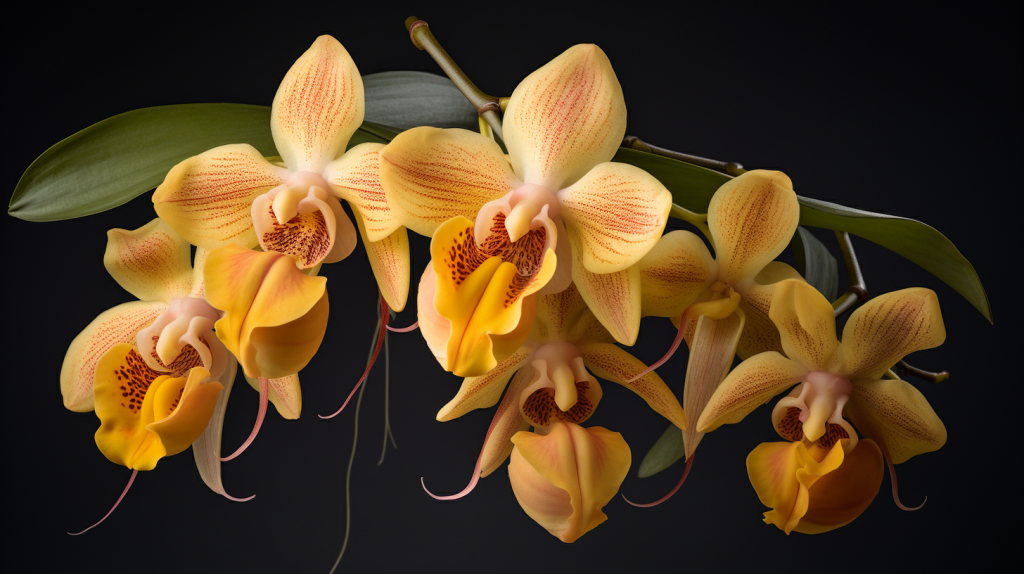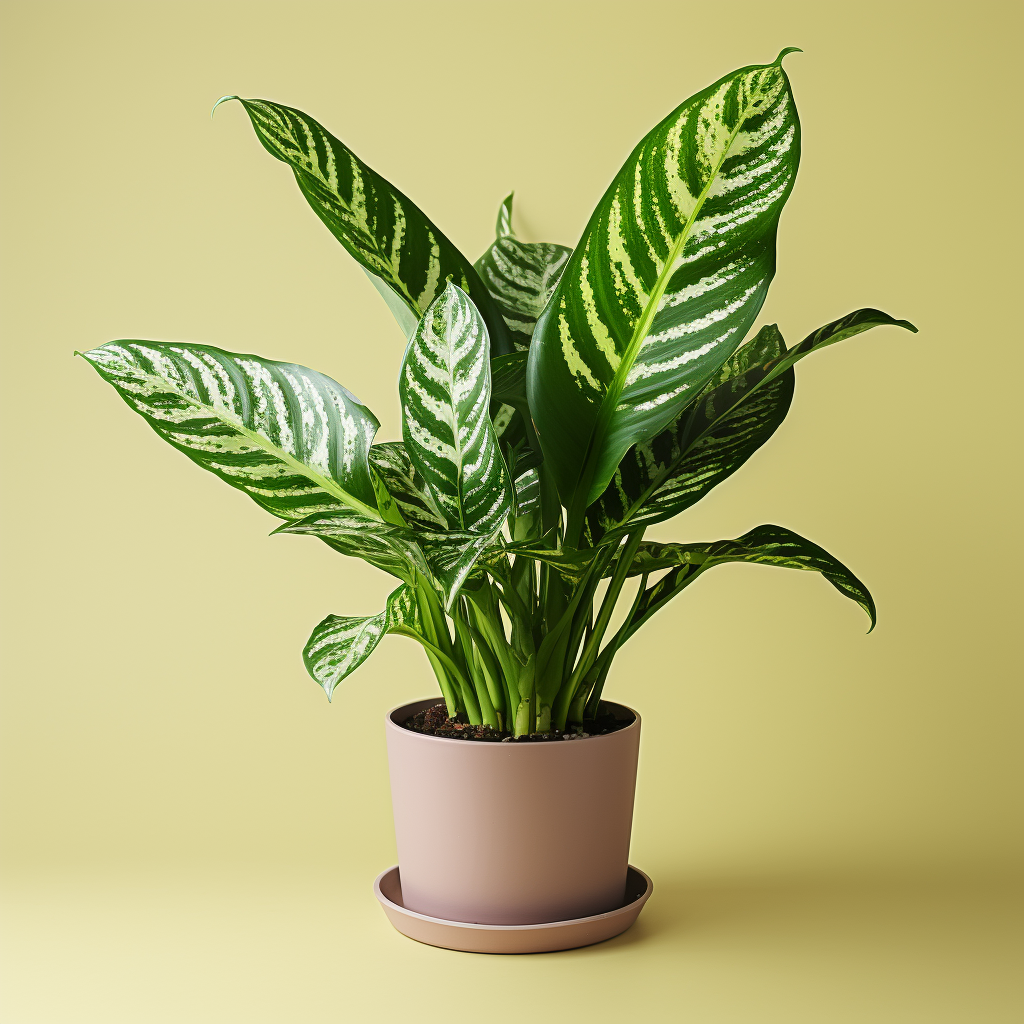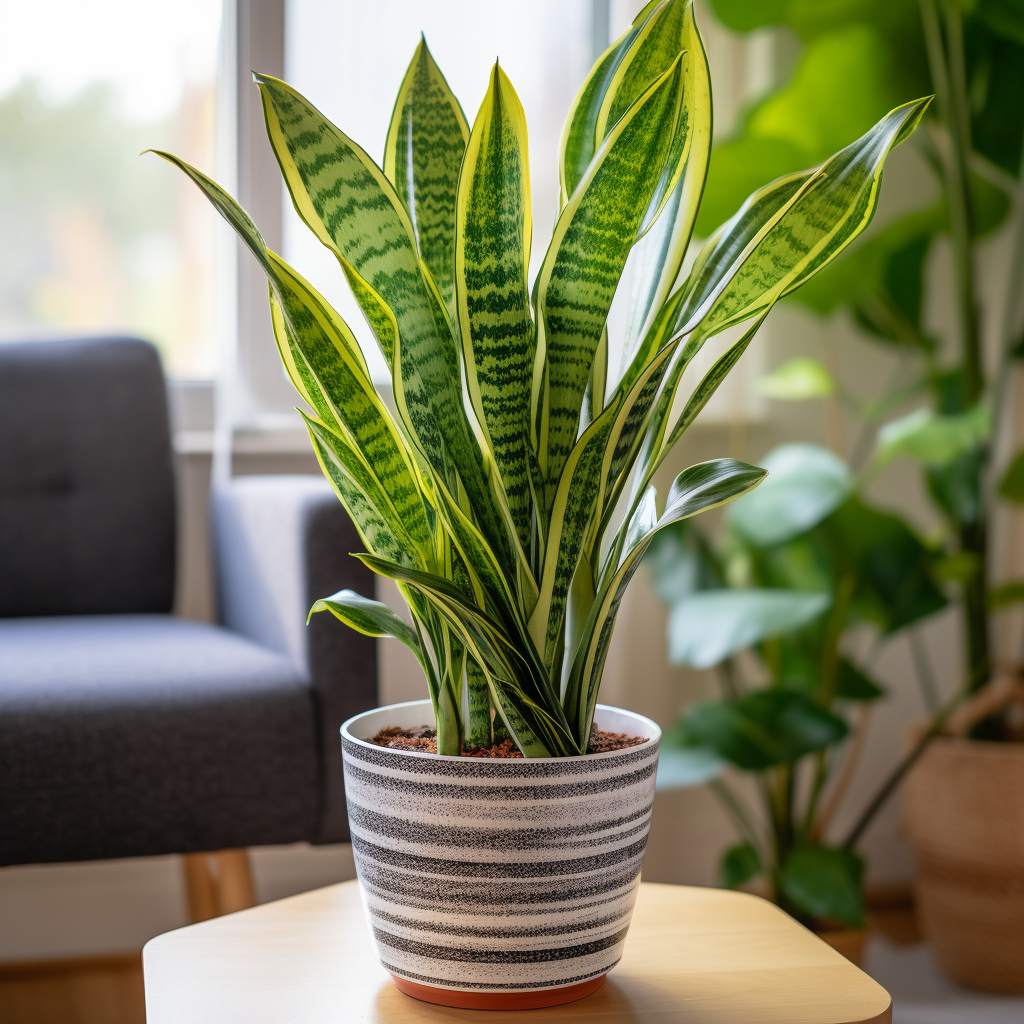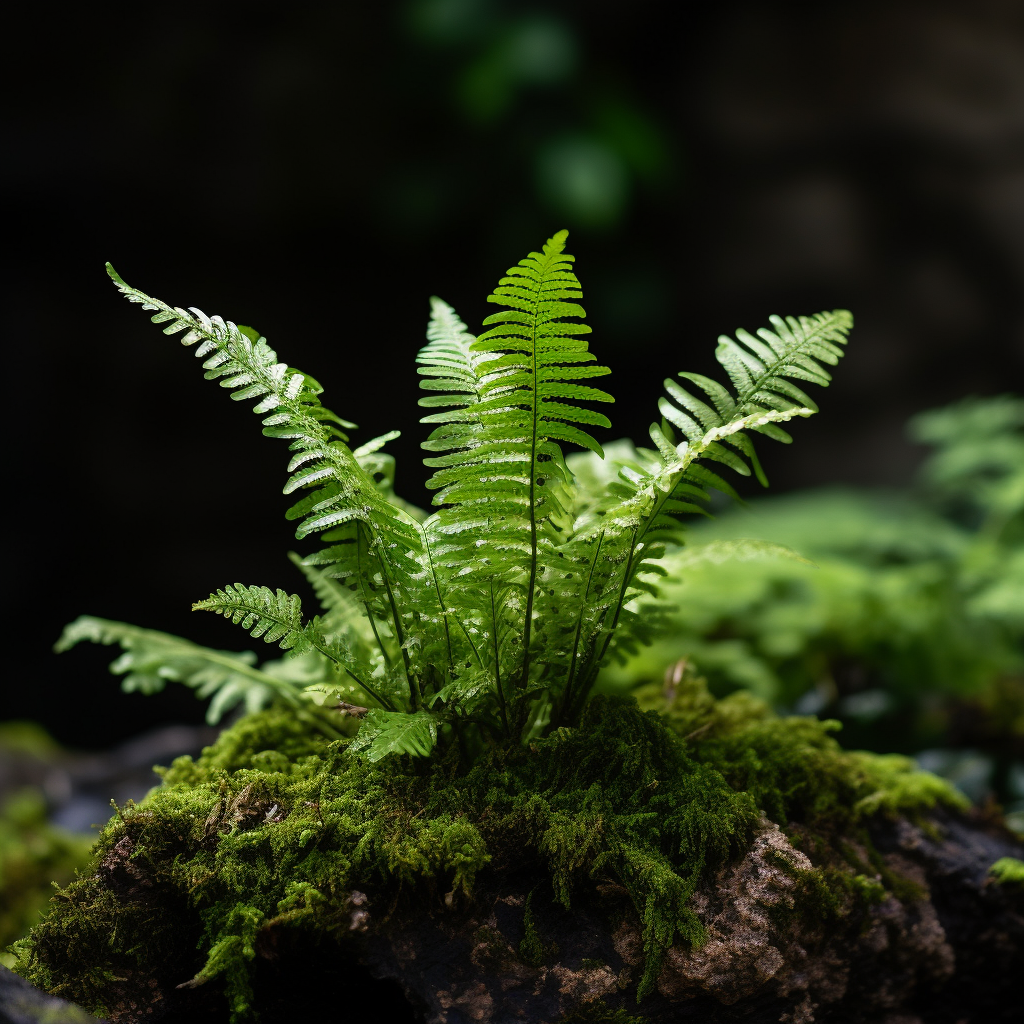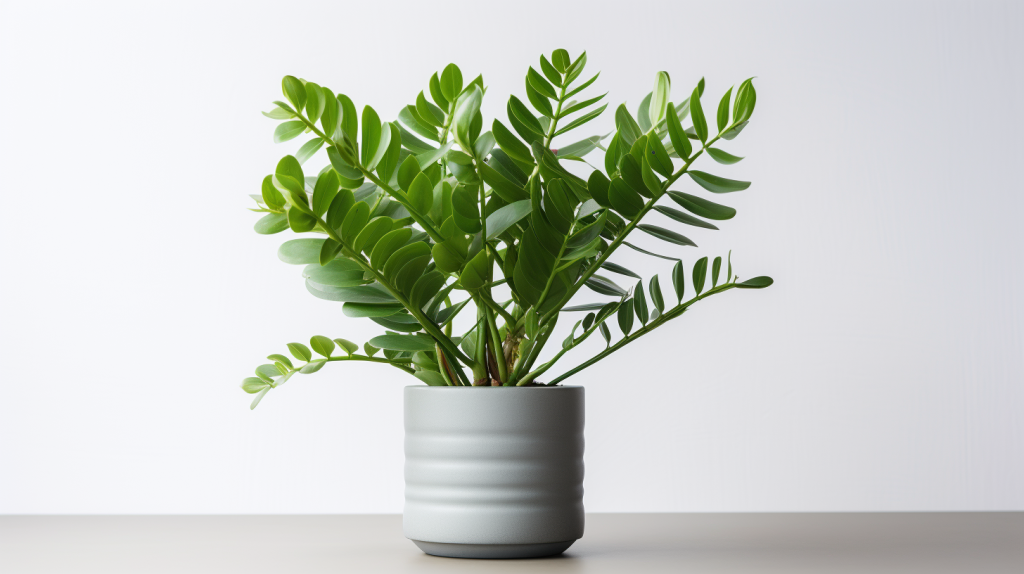The Lycaste Orchid is a unique genus of orchids, consisting of around 30 species. They belong to the family Orchidaceae and are native to Central and South America. Named after one of the daughters of Priam, King of Troy, these plants are renowned for their extraordinary beauty and distinctive growth characteristics.
Description Of Lycaste Orchid Plant
The Lycaste Orchid plant is characterized by its pseudobulbs – storage organs for nutrients and water. It has plicate (pleated) leaves that emerge from the apex of the pseudobulbs. Depending on the species, the leaves can be deciduous or evergreen. These plants, with their striking features, make an extraordinary addition to any garden or indoor plant collection.
What Does The Lycaste Orchid Plant Look Like?
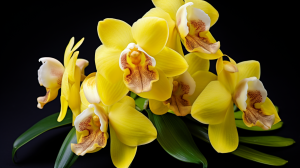
A Lycaste Orchid plant displays an intricate beauty, which is hard to miss. The plant’s robust, elliptical pseudobulbs are usually covered with a protective layer of papery sheaths. The leaves, varying in hues of green, are wide and pleated. The showstopper, however, is the flower. Typically, they have three large sepals, two smaller petals, and a central labellum. The flowers’ colors range from white, yellow, orange, and various shades of pink, and they often boast unique, intricate patterns.
Lycaste Orchid Plant Flowering
The flowering process of the Lycaste Orchid is a sight to behold. Usually, the flowering happens annually, but the period may differ depending on the species. The flowers grow on a short spike from the base of the pseudobulb. Most species bloom in the spring, producing a delightful display that can last for several weeks.
Displaying Lycaste Orchid Plant
The Lycaste Orchid plant, with its vibrant flowers and distinctive structure, makes an excellent showpiece. They can be displayed in a well-drained pot, ensuring proper sunlight exposure and ventilation. The display pot’s size should match the size of the plant, preferably a bit larger to accommodate its growth.
Is The Lycaste Orchid Plant Poisonous
The Lycaste Orchid plant is non-toxic and safe around children and pets. However, ingestion is not recommended as it might cause mild discomfort.
Lycaste Orchid Plant Facts
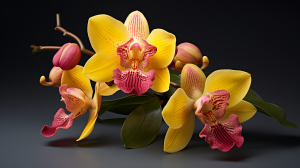
The Lycaste Orchid plant is steeped in fascinating facts. For instance, did you know that the Lycaste Orchid can live up to 100 years under ideal conditions?
| Fact | Description |
|---|---|
| Lifespan | Up to 100 years |
| Native | Central and South America |
| Family | Orchidaceae |
| Flowering | Annually |
| Toxicity | Non-toxic |
Caring For Lycaste Orchid Plant
The Lycaste Orchid plant requires specific care to thrive, including adequate light, water, and feeding. A temperature range between 60 – 85 degrees Fahrenheit is ideal for its growth.
| Care Requirement | How to Provide It |
|---|---|
| Light | Bright indirect light |
| Water | Keep evenly moist but avoid waterlogging |
| Temperature | 60 – 85 degrees Fahrenheit |
| Feeding | Orchid specific fertilizer every two weeks during growth period |
Common Problems
Despite being fairly resistant, Lycaste Orchids can experience problems like root rot due to overwatering, leaf spots due to fungal infections, and damage by spider mites or scale insects.
Frequently Asked Questions
- How often should I water my Lycaste Orchid plant?
During the growth period, the plant should be watered as soon as the potting media dries out. In winter, reduce the frequency to prevent root rot. - What kind of light does a Lycaste Orchid plant need?
Bright, indirect light is ideal for the Lycaste Orchid plant. Too much direct sunlight can scorch the leaves. - Is the Lycaste Orchid plant safe for pets?
Yes, the Lycaste Orchid plant is non-toxic and is generally safe for pets. - Why are the leaves on my Lycaste Orchid turning yellow?
Yellow leaves could be a sign of overwatering or insufficient light. Check the plant’s environment and adjust as necessary. - When does the Lycaste Orchid bloom?
Most Lycaste Orchids bloom in spring, but the specific period can vary among species.
Conclusion
The Lycaste Orchid plant, with its vibrant flowers and unique structure, is a delightful addition to any plant collection. By providing the right care and environment, this exotic beauty will reward you with its mesmerizing blooms year after year.
References
[1] American Orchid Society. Lycaste Culture Sheet. Retrieved from https://www.aos.org/orchids/culture-sheets/lycaste.aspx
[2] Orchid Web. Lycaste. Retrieved from https://www.orchidweb.com/orchids/lycaste
[3] Royal Horticultural Society. Lycaste Orchid. Retrieved from https://www.rhs.org.uk/plants/132550/lycaste-skinneri/details

